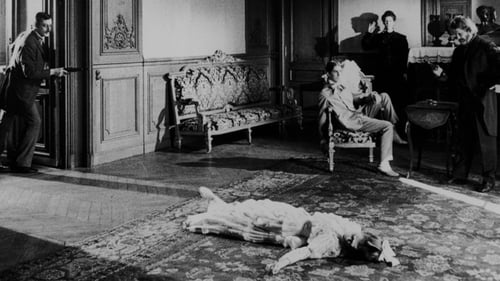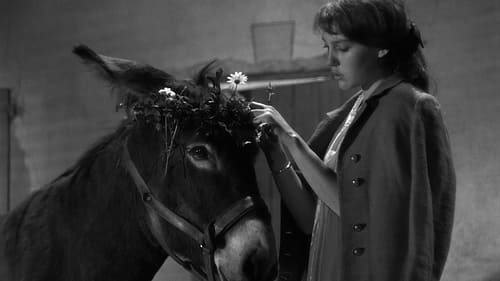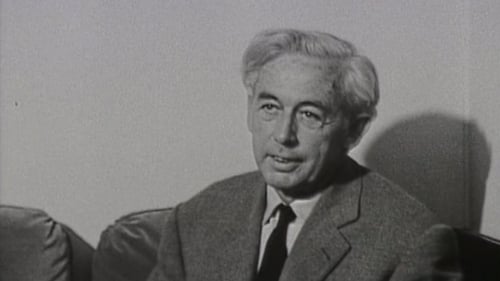Pierre Klossowski
Nascimento : 1905-08-08, Paris, France
Morte : 2001-08-12

Self
The film contains the interviews with Pierre Klossowski and Jacques Pimpanneau.

Himself
Portrait of french author and painter Pierre Klossowski

Novel
The film opens with a rubber-clad woman stepping sensuously out of a limousine. The camera lovingly closes-up on her stilletoed foot... She enters a dark desolate warehouse, and meets two men, who proceed to chain her up and worship her body. Originally projected on three screens simultaneously. Music by legendary noise musician Merzbow.

Novel
Roberte, 40, resistant during the war, Calvinist and anticlerical, is deputy to the chamber and inspector of Censorship. She married Octave, an old Catholic aesthete, professor of canon law, whom she saves from impeachment for collaboration during the war. He submits his wife to a perverse custom: the laws of hospitality or prostitution of the wife by the husband.

Adaptation
Roberte, 40, resistant during the war, Calvinist and anticlerical, is deputy to the chamber and inspector of Censorship. She married Octave, an old Catholic aesthete, professor of canon law, whom she saves from impeachment for collaboration during the war. He submits his wife to a perverse custom: the laws of hospitality or prostitution of the wife by the husband.

Octave
Roberte, 40, resistant during the war, Calvinist and anticlerical, is deputy to the chamber and inspector of Censorship. She married Octave, an old Catholic aesthete, professor of canon law, whom she saves from impeachment for collaboration during the war. He submits his wife to a perverse custom: the laws of hospitality or prostitution of the wife by the husband.

Writer
Two narrators, one seen and one unseen, discuss possible connections between a series of paintings. The on-screen narrator walks through three-dimensional reproductions of each painting, featuring real people, sometimes moving, in an effort to explain the series' significance.

Thanks
Pasolini parte da obra de Sade e revisita o episódio histórico da República de Salò para apresentar sua visão sobre o poder, a sexualidade, o conformismo e a juventude italiana dos anos 1970, em um filme de quatro partes: Ante-Inferno, Círculo das Manias, Círculo da Merda e uma última, Círculo de Sangue.

Merchant
Uma obra de enorme cariz simbólico, onde a concepção humana e espiritual das personagens, virtudes, receios e defeitos, é encompassada pelo olhar e presença de um burro, de seu nome Balthazar, que surge quase como uma figura de matriz religiosa. Não é um burro qualquer. No circo descobrem-lhe qualidades extraordinárias, como uma inteligência rara que lhe permite resolver difíceis operações de multiplicar. Intemporal, pela reflexão que provoca e pela universalidade que evoca.

Self
A documentary, originally produced in 1966 for the French TV series "Pour le plaisir," about Robert Bresson's film "Au Hasard Balthazar," featuring interviews and discussions with Bresson, Jean-Luc Godard, Louis Malle, Marguerite Duras and others.

Self
Celluloid and Marble is based on Rohmer's own articles published in "Cahiers du cinéma", discussing film in relation to the other arts, maintaining that, in an age of cultural self-consciousness, cinema was “the last refuge of poetry” - the only contemporary art form from which metaphor could still spring naturally and spontaneously.








